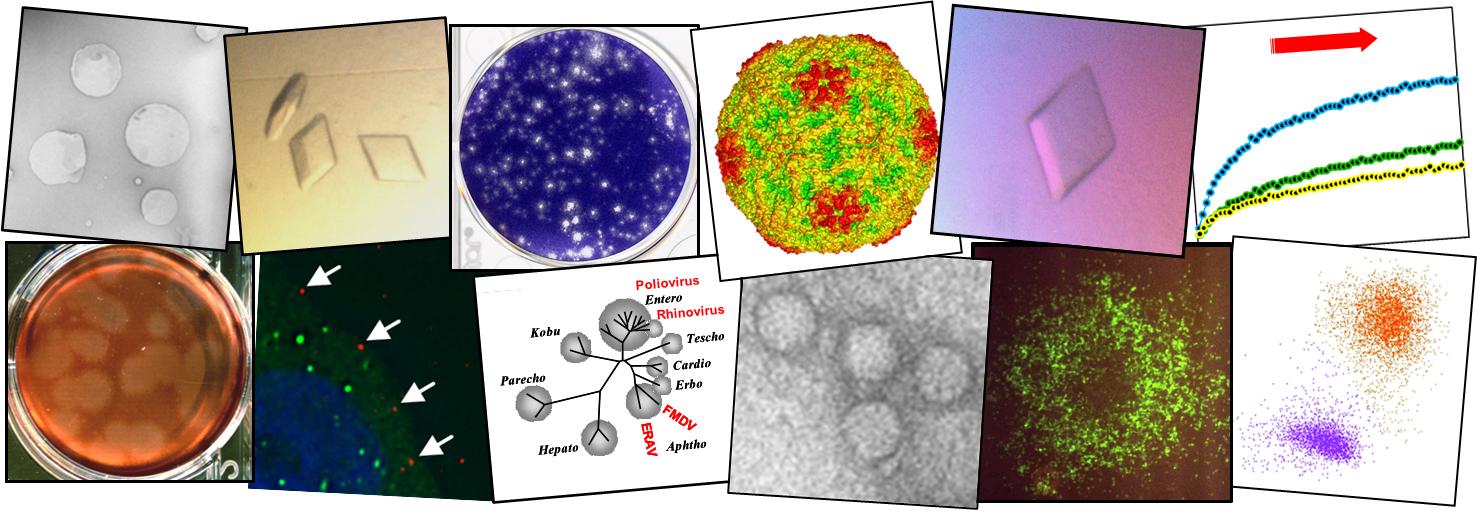FMDV replicons encoding green fluorescent protein are replication competent
The study of replication of viruses that require high bio-secure facilities can be accomplished with less stringent containment using non-infectious replicon systems. The FMDV replicon system (pT7rep) reported by Mclnerney et al. (2000) was modified by the replacement of sequences encoding chloramphenicol acetyl-transferase (CAT) with those encoding a functional L proteinase (Lpro) linked to a bi-functional fluorescent/antibiotic resistance fusion protein (green fluorescent protein/puromycin resistance, [GFP-PAC]). Cells were transfected with replicon-derived transcript RNA and GFP fluorescence quantified. Replication of transcript RNAs was readily detected by fluorescence, whilst the signal from replication-incompetent forms of the genome was >2-fold lower. Surprisingly, a form of the replicon lacking the Lpro showed a significantly stronger fluorescence signal, but appeared with slightly delayed kinetics. Replication can, therefore, be quantified simply by live-cell imaging and image analyses, providing a rapid and facile alternative to RT-qPCR or CAT assays.
Back to publications

